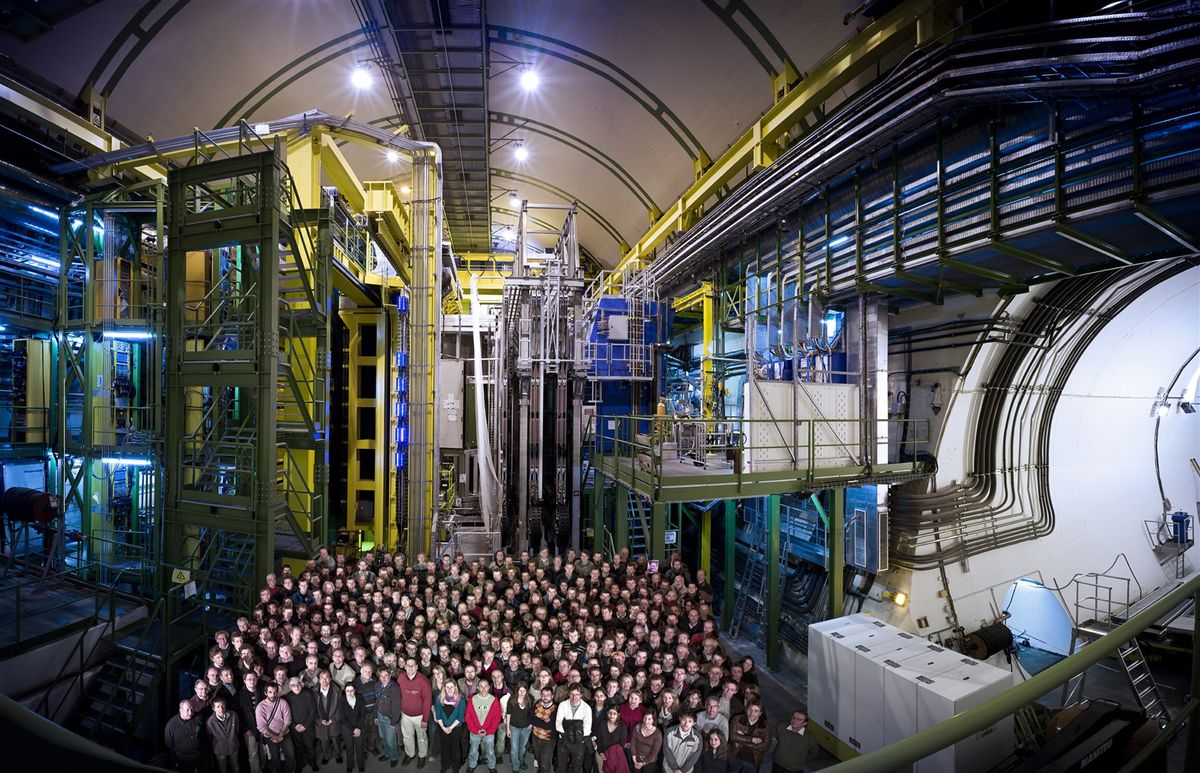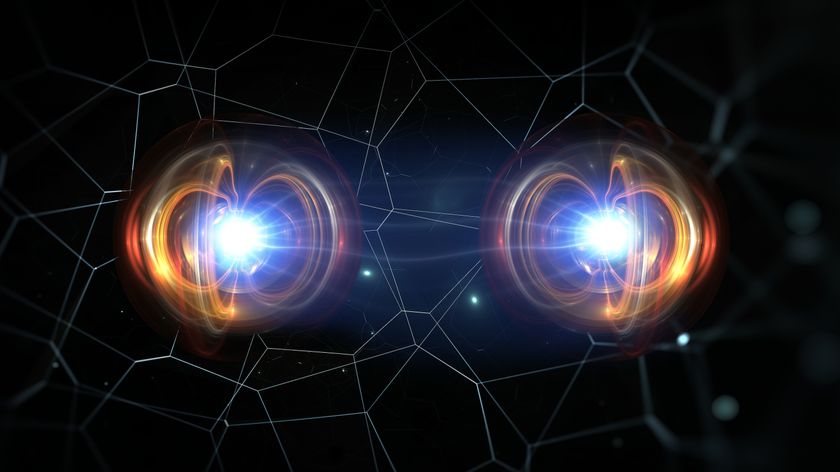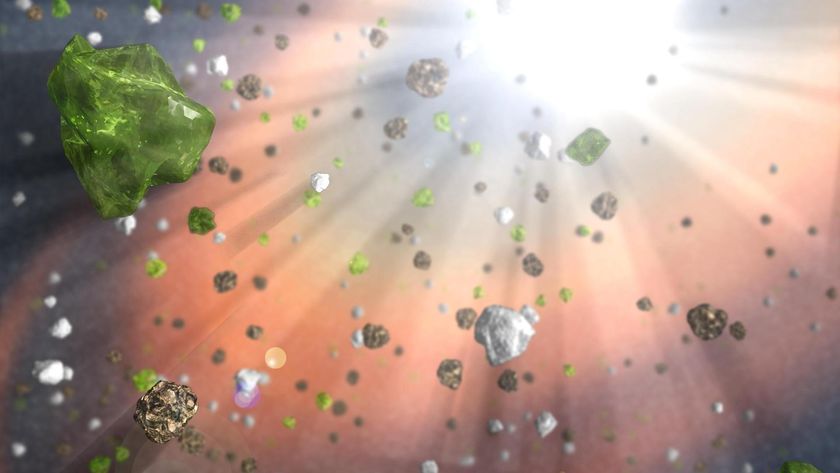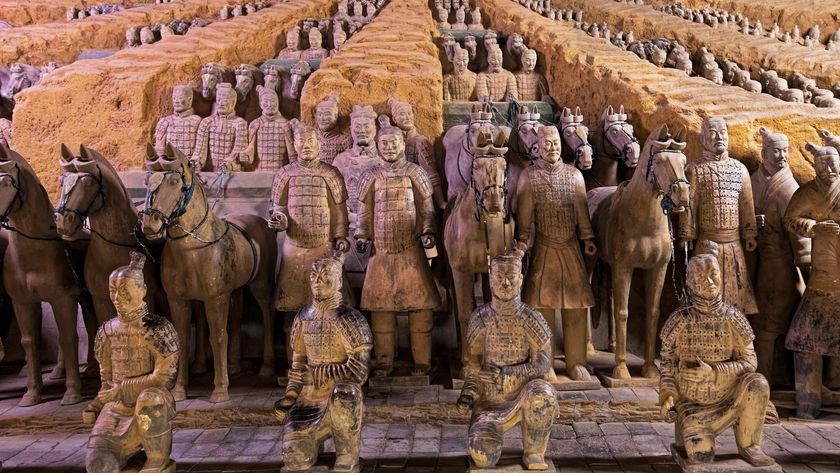New Behavior of Exotic Antimatter Particle Seen at Giant Atom Smasher

A rare particle containing equal parts weird antimatter and normal matter has popped up in experiments at the world's largest particle accelerator.
Scientists recently observed new behavior of this particle, called a B meson, at the Large Hadron Collider (LHC) atom smasher, a 17-mile long (27-km) underground ring at the CERN laboratory near Geneva. B mesons are made up of one quark (the building block of protons and neutrons) and one anti-quark, which is the antimatter partner to the quark. [The Strangest Little Things in Nature]
All normal particles are thought to have antimatter partner particles with the same mass but opposite charge. When matter and antimatter meet, the two annihilate each other. Scientists think the universe started out with equal amounts of both, but most of the antimatter was destroyed by matter, and whatever surplus of matter remained is what makes up the universe we know today. The question of why the universe started out with more matter than antimatter has haunted physicists for years.
B mesons, which have both antimatter and matter packed inside them, were thought to have been common just after the Big Bang theorized to have created our universe, but are now thought not to occur in nature. Scientists can create them, and other exotic particles, only in energetic collisions in particle accelerators like LHC.
However, B mesons aren't stable, and once created, they decay quickly into other particles. Researchers led by Sheldon Stone, a physicist at Syracuse University, have now observed a new kind of decay process of the B meson that had been previously theorized but never before seen. The discovery was made using an experiment at LHC called LHCb (which stands for "Large Hadron Collider beauty").
"Our experiment is set up to measure the decays of B mesons," Stone told LiveScience. "We discovered some new and interesting decay modes of B mesons, which hadn't ever been seen before."
In this case, the B mesons decayed by a different process, and created different end products, than previous research has measured. That was partly enabled by the increased energy of the collisions at LHC compared with other atom smashers; the more energy, the more particles are produced, and the more particles, the greater the chances of finding rare events like these, Stone said.
Sign up for the Live Science daily newsletter now
Get the world’s most fascinating discoveries delivered straight to your inbox.
Studying this different behavior of B mesons could shed light on the ultimate question of antimatter.
"When the universe was created in the Big Bang about 14 billion years ago, the number of particles and antiparticles was the same," Stone said. "One of the major questions that we really don't know the answer to is why are there particles around now and not antiparticles. By studying the differences we can learn maybe what the physics is behind that difference."
Stone and his collaborators reported their findings in two papers published in the March 28 issue of the journal Physics Letters B.












